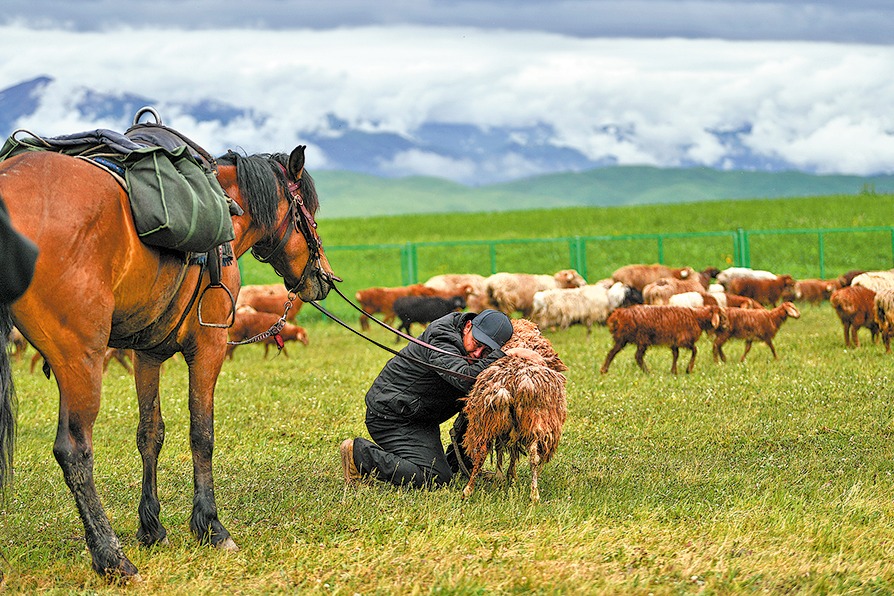Huitong Bridge spirit still inspires


In January 1942, after bombing Burma Road with 100 aircraft for months, in order to sever it completely, the Japanese invaded Burma. To keep the lifeline open, the Chinese Expeditionary Force went to fight in the country but had little success.
By the end of April, Burma Road fell into chaos, packed with retreating expeditionary troops, fleeing refugees and evacuating government staff.
At the start of May, the fierce 56th Division of Japanese troops moved quickly along Burma Road toward Huitong Bridge, led by armored vehicles and transported by about 100 automobiles, dreaming to travel across the Nujiang River, occupy Kunming, and seize Chongqing.
On May 5, 1942, the division arrived at the west bank of Huitong Bridge.
The Chinese army knew it had to halt the enemy on the west bank at any cost, and confronted with a much stronger force, blowing up the bridge became the best choice. On the Japanese side, they wanted to capture the bridge, but a fierce assault on Huitong Bridge would inevitably trigger the Chinese defenders to demolish it, so they tried to pass the bridge stealthily camouflaged as refugees, which created dilemmas for defenders timing the demolition.
There are varying versions about the timing of the demolition.
One version is that at noon, the camouflaged Japanese troops were exposed, so they fired. Hearing the noise, the Chinese defenders activated the explosives, smashing the 56th Division's dream.
It was not until August 1944 that the bridge was restored during the Battle of Songshan Mountain between June 4 and Sept 7, 1944. After its reconstruction, this bridge could handle ammunition transport for 11 front-line divisions, achieving a monthly capacity exceeding 10,000 tons — making an indelible contribution to the final victory.
Today, the once bustling activity of vehicles and pedestrians on Huitong Bridge has faded into history, yet the legendary life of community leader Liang Jinshan remains widely celebrated by locals.
To commemorate him, a white marble statue was erected in Taibao Park, Baoshan city — honoring this patriotic overseas Chinese leader who never forgot his roots.
Now, a route in west Yunnan province has been designed for tourists to travel while learning about that gripping chapter of the resistance war. Burma Road and Huitong Bridge are two important parts of the tourism route.
Driving along Burma Road, one can trace the path of wartime supply convoys, visit key sites such as former military logistics and repair hubs, and explore blocking-action trenches and allied artillery emplacements.
At Huitong Bridge, archival footage of the battle in 1942 can be viewed, and the Nanyang Volunteer Drivers and Mechanics Memorial Hall honoring overseas Chinese truck drivers is open to visitors.
Crossing the bridge, one can feel the Nujiang River's torrential waters beneath their feet and reflect on wartime sacrifices. Standing before the West Bank Monument, one can see the bridge's brutal history.




































